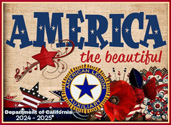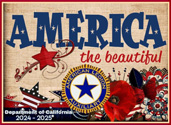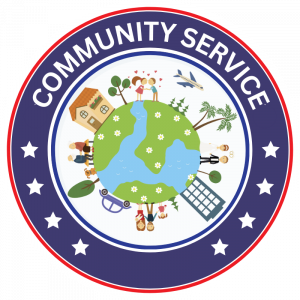Purpose and Goals
The Community Service Committee aims to promote ALA’s dedication to making our communities better places to live by supporting and engaging in local service projects. Key areas of focus include:
- Blood Drives: Organizing and supporting blood donation events.
- First Aid and CPR Training: Providing essential life-saving skills.
- Child Safety Programs: Enhancing the safety and well-being of children.
- Support for Women in Shelters: Offering aid and resources to women in transitional housing.
- Disaster and Emergency Preparedness: Assisting in community readiness and response to emergencies.
Program Initiatives
To further our mission, the following national engagement initiatives are emphasized:
- American Legion Family Day (April 26): Celebrated annually on the last Saturday of April, this day recognizes and celebrates the achievements of Legionnaires, Sons of The American Legion, Legion Riders, and American Legion Auxiliary members. Posts are encouraged to open their doors to the community, plan activities for various age groups, and highlight our 100+ years of service.
- “Be the One” Initiative: Raise awareness about mental health services and reduce stigma. Promote this initiative and encourage participation in activities that support veterans and community members.
- Martin Luther King Jr. Day of Service: Participate in community service projects such as building accessible ramps, yard work, or home repairs for veterans. Consider organizing or participating in a stand down and check with employers for service opportunities.
- National Night Out: Engage in this community-building campaign, which promotes police-community partnerships and neighborhood camaraderie. Participate in or organize local celebrations and register on the National Night Out website for details.
- 9/11 National Day of Service: Encourage members to make a pledge of service on the 9/11 Day of Service website. Organize or participate in service activities, record hours, and share pledges on social media to inspire others.
Units should consider starting with manageable projects and gradually expand. Successful projects may include:
- Health Initiatives: Partner with health organizations, support clinics, and aid hospitals.
- Recreation: Develop and maintain playgrounds, swimming pools, and youth centers.
- Safety: Promote traffic and home safety, and support fire prevention programs.
- Beautification: Organize clean-up campaigns and enhance public spaces.
- Libraries: Support public libraries through fundraising, donations, and maintenance.




